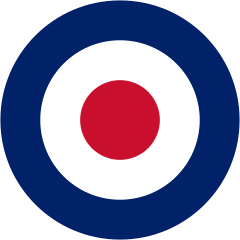The Plane Crash near Sønderborg
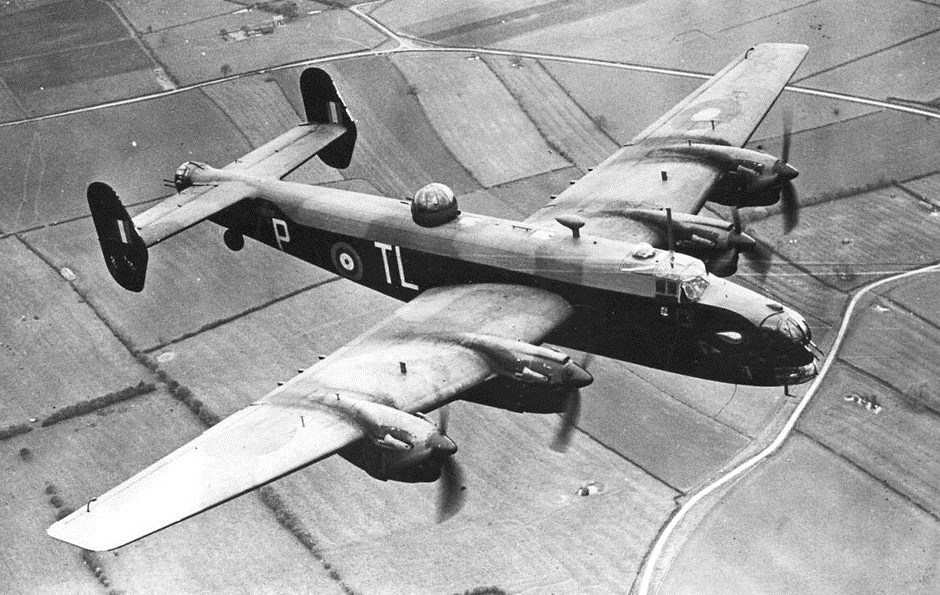
Halifax Bomber Shot Down by German Night Fighter on August 19, 1942. Stationed at Gravely Airfield, Cambridgeshire, England.
The Air Force
On the night between Tuesday, August 18, and Wednesday, August 19, 1942, a bombing raid on Flensburg was carried out involving 149 planes, including W1226, which was one of 31 Pathfinder planes flying ahead to mark the targets. The mission did not go as planned. The Pathfinders marked the wrong area, causing the bombs to fall on Danish soil between Åbenrå and Sønderborg. Northern Als was particularly hard hit, and several farms and livestock were lost. Miraculously, no people were killed.
W1226 was the first Pathfinder plane lost after Squadron 35 became part of the newly established Pathfinder Force.
Everyone bails Out.
W1226 was caught by a night fighter aided by the “Ameise” radar near Åbenrå. The plane was hit, and the tail section caught fire. The crew abandoned the plane and parachuted to safety before it crash-landed on the fields of Ladegården, a bit east of Sønderborg. All crew members survived the jump but were captured over the following days. The last to be captured was the gunner, Ronald, who was caught after more than nine days on the run. The crew was then sent to a prisoner of war camp. Six survived the war, but sadly, Arthur was killed during a bombing raid on the camp while working there.
Crew
- Pilot: Sergeant John Walter Smith
- Bomb Aimer: Sergeant Ralph Graham Humphreys
- Navigator: Sergeant Cyril Samuel Crutchley
- Flight engineer: Sergeant William Basil Cooper
- Wireless operator: Sergeant George Arthur Brassey
- Airgunner: Sergeant Ronald Francis Wall
- Airgunner: Warrant Officer Arthur John Owen Leo
The Bomber
- Handley Page Halifax MKII, besætning 7 mand
- Bygget som tungt bombefly af Handley Page
- Første flyvning 24. september 1939
- Introduceret november 1940
- Udgået 1961 ved Pakistan Air Force
- Bevæbning 8 stk. 7,7 mm maskingeværer
- Bombelast 5,900 kg
- Rækkevidde 1,770 km fuldt lastet
- Tophastighed 435 km/t
- Primære brugere: Royal Air Force, Royal Canadien Air Force, Royal Australien Air Force og Free French Air Force
- Produceret 1940 til 1945
- Bygget ialt 6,178
- Halifax maskiner gennemførte 82,773 togter ved RAF Bomber Command
- Kastede 224,207 tons bomber
- 1,833 maskiner gik tabt
The Base from Which W1226 Took Off
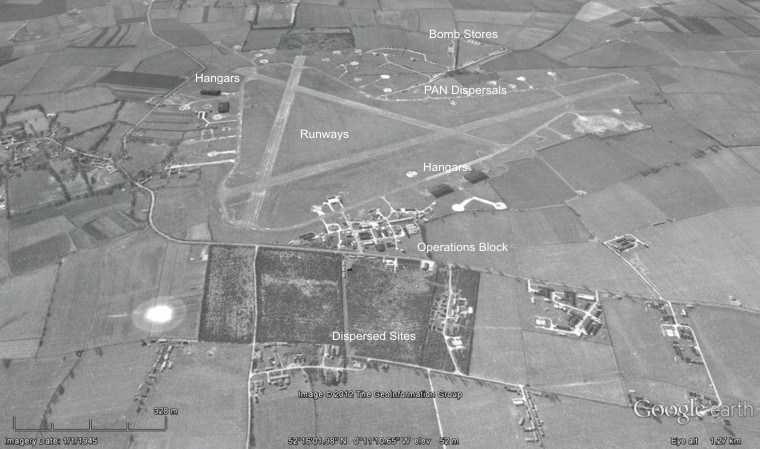
Graveley as it looked during the war, with the well-known A-shape runway layout to allow takeoffs against the wind.
The base was operational until December 1, 1968, when it was closed. Today, most of the buildings are gone, only a few sheds and AA positions remain. The runways have been removed, but shadows on the ground still remind us of the airbase.

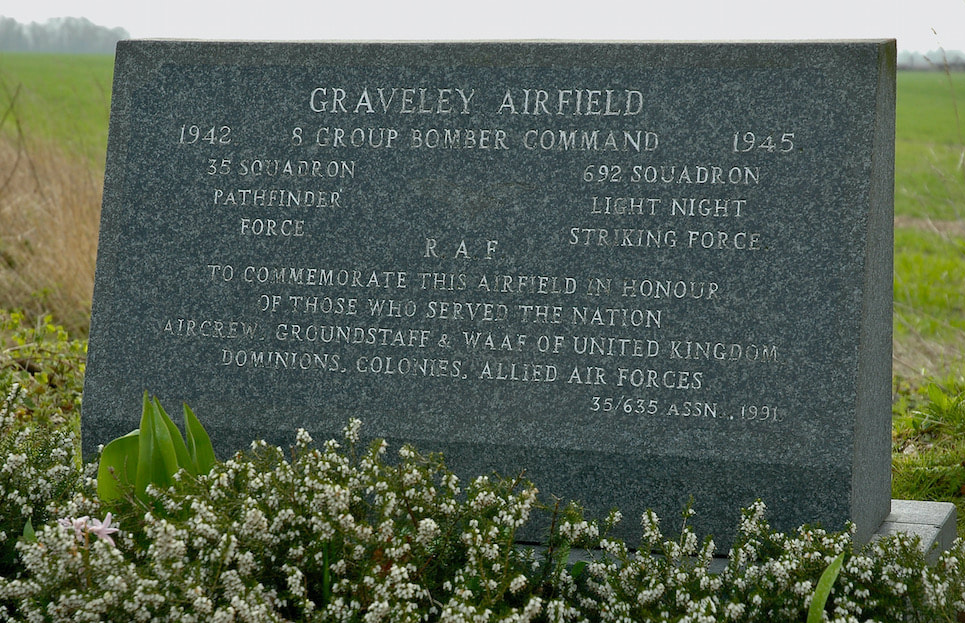
A memorial stone has been placed in the area.
The Crash Site Then and Now
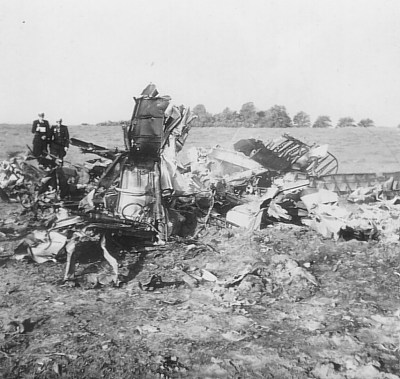
Here is a picture of the wreckage on the field. The plane caught fire when it was hit, and the bombs likely exploded afterward, which is why the wreckage looks so twisted.
We held a member event where we tried to find parts of the plane to definitively locate the crash site. Unfortunately, the search was not successful, and we only found a lot of trash. The site will need to be reassessed before the next event.

